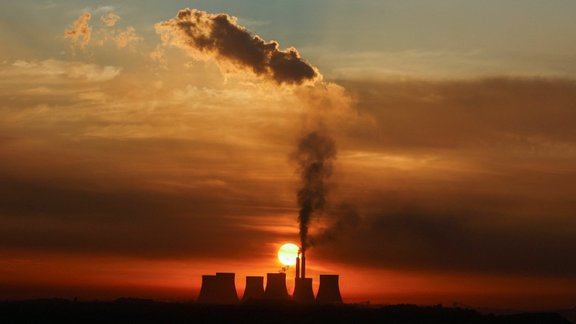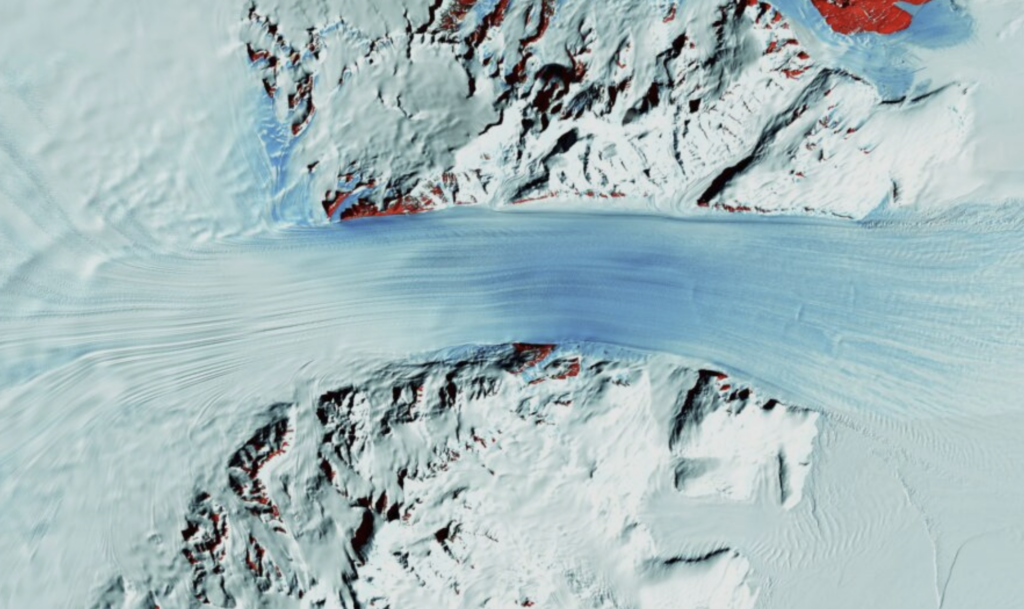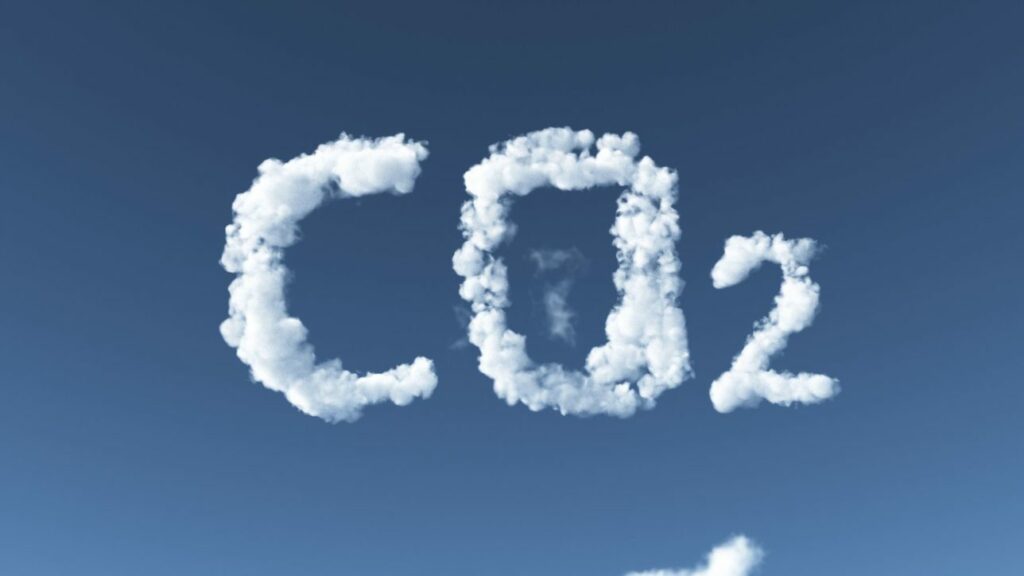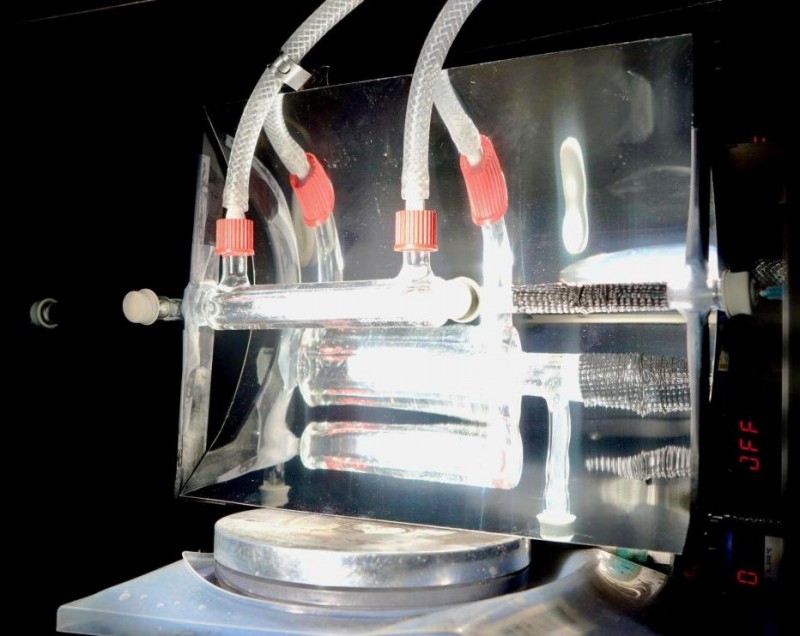BBC News Russian Service

After a decade of record temperatures, climate scientists were hoping for a reprieve as La Niña replaced El Niño, the warming phenomenon that has been plaguing the Pacific Ocean. It has arrived, but it won’t stay — this La Niña is projected to last only a few months, fading by April 2025.
According to the Copernicus Centre, the average air temperature in January was 1.75°C above pre-industrial levels. January was the 18th of the last 19 months to break the 1.5°C threshold that all countries agreed to protect under the Paris Agreement.
The climate is changing steadily towards warming. The weather is more capricious. In January it was not warm for everyone and not everywhere.
The first month of 2025 was significantly colder than normal in the United States, where Donald Trump’s inauguration was even moved indoors due to the cold. Chukotka and Kamchatka were freezing. It was cooler than usual in the Middle East and mainland Southeast Asia.
Europe is freezing and burning gas
In Europe, the British and French spent the entire month of January at the heating stations. As a result, gas consumption soared compared to the previous two mild winters , which worsened the energy crisis.
Europe’s underground gas storage facilities were only 53% full by February 1 , falling just short of the European Commission’s mandatory 50% target and the “desirable” 55%.
By May 1, the EU recommended not to fall below 30%, which should be enough to fill storage facilities to 90% by next winter, but suggested aiming for 45% in case the summer is hot, cloudy and windless.
The cold winter has already made adjustments to these plans – the EU is considering revising the standards, since in the new reality of the gas war unleashed by the Kremlin even before Russia invaded Ukraine, Europe is more dependent on supplies of liquefied gas, rather than pipeline gas. Prices for it are determined on the free market, and it is sensitive to the demand forecast.
Empty storage facilities are driving up the cost of gas, and are changing the previous system, under which gas was cheap in the summer and was bought in bulk, and expensive in the winter, during the heating season, and then the gas stored in storage facilities was burned.
Now, contracts for the supply of liquefied gas for the coming summer are more expensive than for next winter, so filling storage facilities to capacity no longer looks so attractive.
https://rus.delfi.lv/56419805/klimat/120060477/yanvar-2025-go-stal-samym-zharkim-v-istorii-prohladnaya-la-ninya-ne-prinesla-oblegcheniya-nagrevayushcheysya-planete



